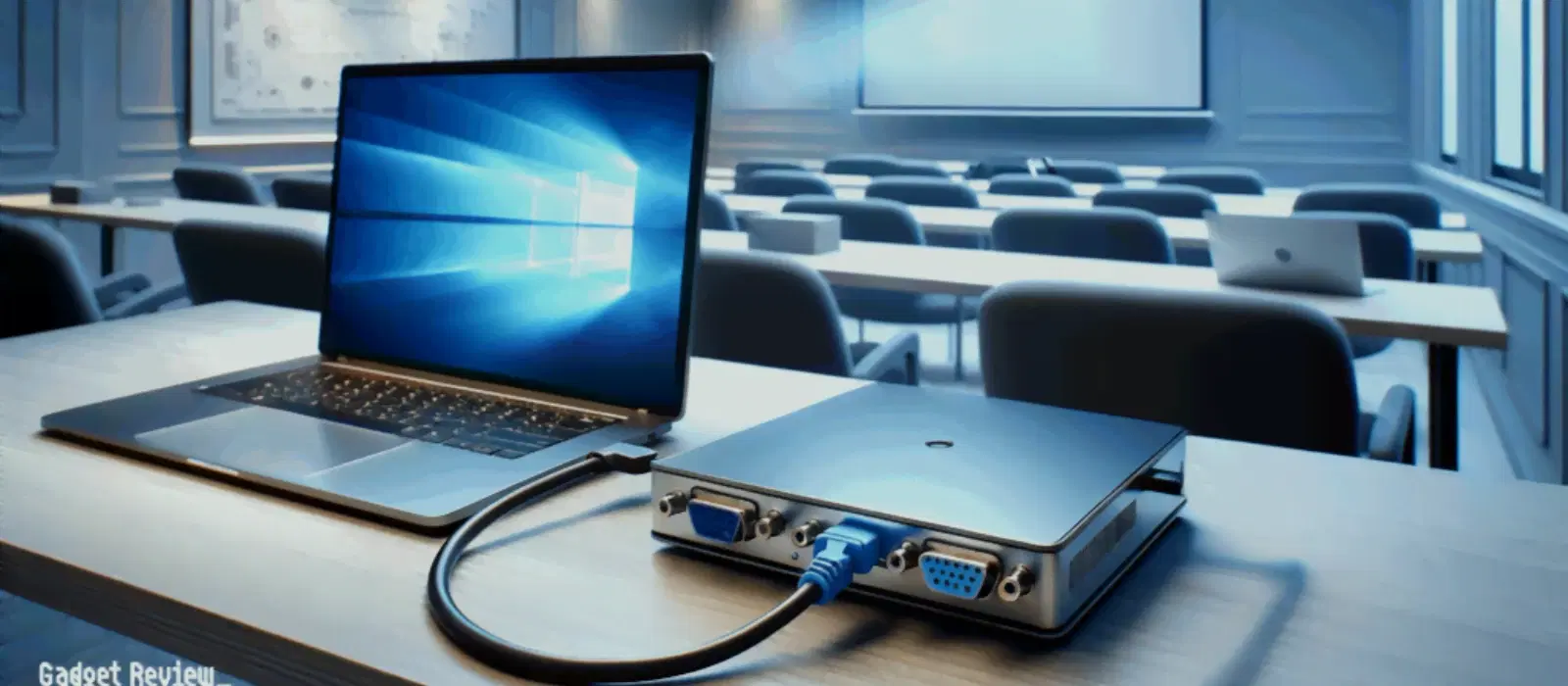
Consumer Electronics
•04 min read
Imagine needing to share your phone’s internet connection with your Windows 10 PC, but struggling to make it work. USB tethering is here to save the day! In this guide, you'll learn how to use USB tethering on Windows 10 effectively, overcome common obstacles, and optimise your setup for a reliable online experience.
USB tethering is a simple method that lets you share your phone’s internet connection with your computer using a USB cable. Unlike other methods such as Wi-Fi hotspots or Bluetooth connections, USB tethering offers a secure and speedy network connection. It is particularly beneficial for situations when Wi-Fi is unstable or unavailable, ensuring that your Windows 10 PC remains connected.
Before you start, make sure you have a compatible device such as an Android phone or iPhone. You will also need a reliable USB cable and the correct drivers installed on your PC. Additionally, ensure your phone has mobile data enabled so it can provide the internet connection needed for tethering.
If you're using an Android device, connect your phone to your PC using a USB cable, then navigate to your phone settings. Look for a section related to network or connectivity options—often under "Network & Internet" or "Connections"—and toggle on the USB tethering option. For iPhone users, connecting your phone and enabling USB tethering might involve accessing the Personal Hotspot settings. Both processes are designed to be straightforward and user-friendly, ensuring you quickly get online.
Once your phone is set for tethering, it’s time to configure your Windows 10 PC. Connect your phone to your computer using the USB cable. Windows may prompt you to allow certain permissions or install updated drivers; follow the on-screen instructions. After your computer recognises the USB tethering connection, you should see a notification indicating that an internet connection is available. This simple process ensures that you can connect your phone to PC via USB tethering efficiently.
Sometimes, despite following the steps, USB tethering may not work on your computer as expected. One common issue is Windows 10 not recognising the tethering connection. This can often be resolved by checking for updated drivers, verifying that the USB cable is in good condition, and confirming that your phone's settings are correct. In some cases, the connection may only charge the phone without sharing the internet; this too can be resolved by ensuring the tethering option is active and that all prompts are accepted on your PC.
If you continue to experience issues, it may be useful to update your network drivers manually using the Device Manager in Windows 10. Outdated or missing drivers can be a major setback for USB tethering. Additionally, ensure that no third-party software or antivirus is interfering with your network connection. Using the Device Manager to identify and resolve conflicts can set you on the path to a seamless tethering experience.
Pro Tip: Ensure Driver Compatibility for Seamless Tethering
Did you know that outdated or missing drivers are one of the most common reasons USB tethering fails on Windows 10? Always keep your system drivers updated using built-in Windows tools or trusted third-party software.
To enjoy stable and rapid internet connections through USB tethering, make sure your phone has an adequate mobile data plan and strong signal strength. Investing in high-quality USB cables can also make a significant difference by preventing unexpected disconnections. Furthermore, it's wise to avoid running heavy data usage applications while tethering to ensure optimal performance.
While USB tethering for internet sharing is reliable, you might consider other options in certain scenarios. Wi-Fi hotspots provide wireless connectivity and can be useful for multiple devices. Alternatively, Bluetooth tethering offers flexibility, though it may not match the speed and reliability of USB tethering. By understanding these alternatives, you can choose the best method based on your immediate needs.
Enable USB tethering by connecting your phone to your PC with a USB cable, navigating to your phone’s settings, and toggling the USB tethering option.
This issue can occur due to outdated drivers, incompatible USB cables, or incorrect phone settings. Check all these factors to resolve the problem.
Yes, USB tethering allows you to share your phone’s internet connection with your PC using a USB cable. It’s a reliable and fast option for internet sharing.
In conclusion, USB tethering is a simple yet powerful tool for sharing your phone's internet with your Windows 10 PC. By following the steps provided, you can enable USB tethering on your device with ease and tackle any common issues straightforwardly. Whether you are addressing connectivity challenges during work or need a backup option when Wi-Fi is unreliable, this guide offers you valuable tips and troubleshooting strategies for a smooth tethering experience.
At Tata Neu, we understand the importance of a seamless online experience. Our platform not only offers a range of consumer electronics from trusted brands but also rewards your interactions through NeuCoins. With up to 5% NeuCoins earned on every transaction and additional benefits when using the Tata Neu HDFC credit card, you can shop smartly while enjoying reliable services like Express Delivery in selected locations for orders placed before 6 PM. Just like optimizing your USB tethering setup, Tata Neu helps ensure that every step you take in your digital journey is enhanced and hassle-free.
Keep exploring our blog for more insightful guides and easy-to-understand tips on consumer electronics. Whether it’s about connecting devices or making the best use of your digital rewards, we’re here to support you in making informed choices and progress in life through technology.